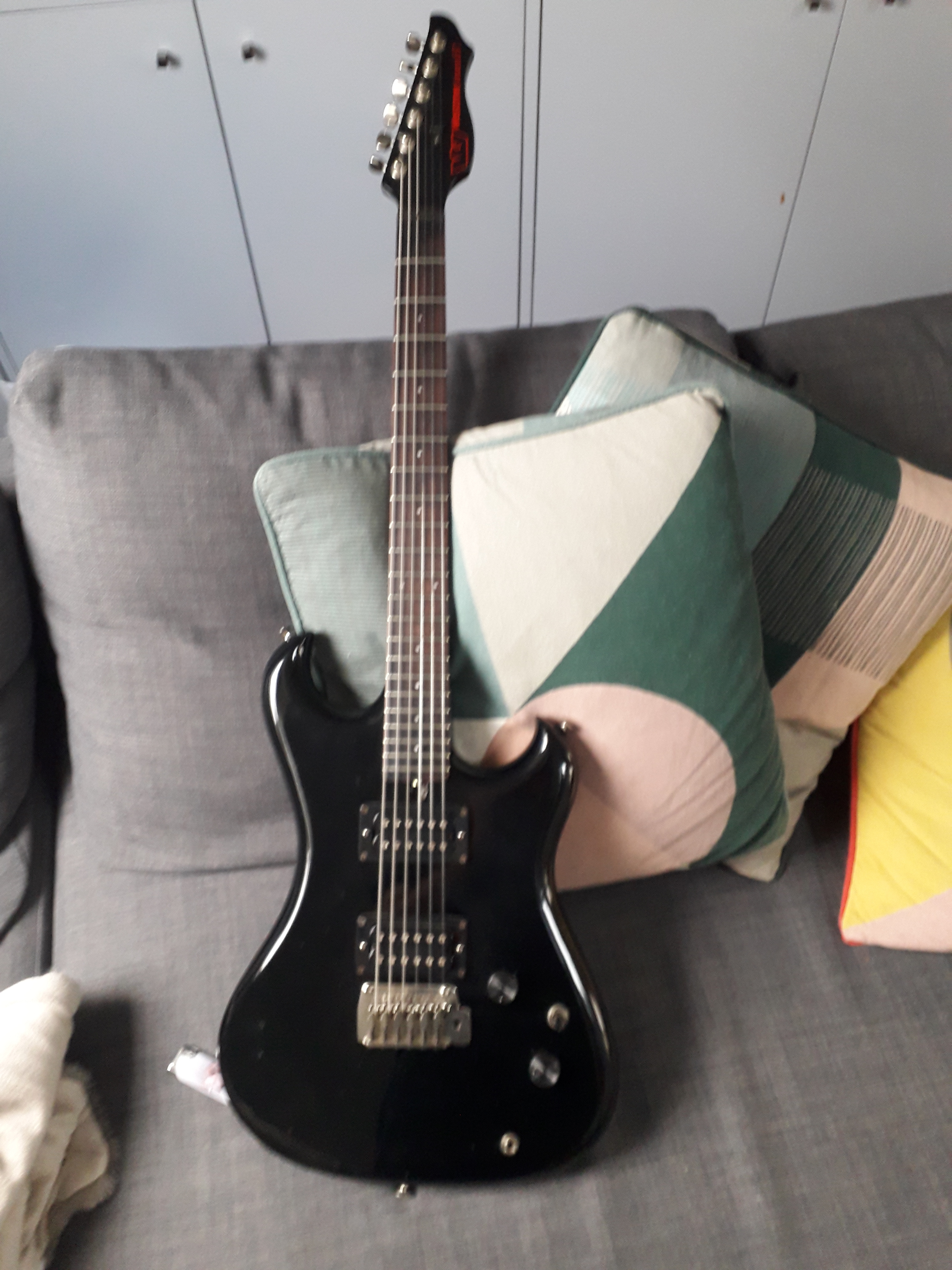

Louis Music (SLM) was transitioning to a new brand name. This was the era that saw the emergence of headless guitars and basses by Ned Steinberger and others, favored by The Police’s Andy Summers. For these groups-like The Police-their style was enhanced by the understated look of minimalist guitars. On the opposite end of the spectrum were New Wave bands with slick, tightly arranged pop tunes. Louis Music, even Fender all introduced pointy guitars in various outre shapes.įor players in a more conventional frame of mind, this period saw the emergence of the Super-Strat, a Strat-style guitar with hybrid electronics combining a lead humbucker with two single-coils and, eventually, a locking vibrato system. Heavy metal was on the rise and with it a taste for exotic guitar shapes, pointy guitars like Flying Vees even more non-Spanish shapes (to go with the wild hairdos). With notable outliers on occasion, like the 1967 LaBaye 2×4!īut as the 1980s dawned, guitar styles-just like popular music styles-began to proliferate, to fragment. Strats were popular this year, Les Pauls were in the next. Prior to the ‘80s styles of electric guitars came and went, of course, but there was something homogenous about guitar styles. And that puts you squarely within the realm of style! The kind of image you want to project when you play guitar determines what kind of axe you’re going to sling. But once you shift the responsibility for making noise to an electronic circuit, you do whatever you want with the rest-or at least with the body. As cool as a cigar-box guitar might look, it’s never going to sound as good as that classic Spanish figure-8 shape of an acoustic guitar that’s evolved over centures. The fact that they make sound by use of an electronic pickup instead of an acoustic sound box frees them from certain physical restrictions. Now, electric guitars have always had an element of “style” about them. The Rail was kind of a perfect reflection of the time it was made, in the mid-1980s.

Unless, that is, they were exceptionally interesting, like Westone’s short-lived The Rail. The good news is I never got into collecting basses or keyboards. To be honest, I pretty much played them both like guitars. I wasn’t particularly noteworthy on either. While I consider myself to be a “guitar player,” I actually had a blues-rock band back in 1967 for which I also played bass (Hagstrom) and keyboards (Farfissa). The remaining glob of silicone caulk glue is still coming off, very slowly.Of course, we’re not all about just electric guitars – it’s always great to have a look at some great rare BASS guitars, too! In this new guest post, Michael Wright highlights a forgotten gem from the 80’s… It previously had a large silver belt buckle glued to the front, which came off without damage to the guitar. This example appears in 'as found' confdition, with missing bridge hardware and graffiti scratched into the top. If SLM had sold this guitar it seems likely that it would show up in a catalog, or another example would appear. One possible explanation for this undocumented model is that it could have been ordered not by SLM, but by PCM, who distributed in much smaller quantities. At the time any US distributor could simply order up any model and have whatever brand name and logo inlaid in pearl on the headstock. The detail of the brown paper still glued to the control cavity ciover, as well as the general fit and finish of the instrument, are in every way identical to details of various models of Crown guitar, a brand known to have been distributed by Hoshino and made by Fuji Gen Gakke.Īlthough this is a rare Electra model, if we look at other brands we see similar copies of this model sold under other brands such as Greco.

It is also the only known example of an Electra guitar to be made with P-90 pickups. This remarkable specimen is the only known example of this model, which does not appear in any known catalog. Dual P-90 pickups, Rhythm/Treble switch, VVTT controls. Set neck Les Paul Junior copy red mahogany body and neck, silver hardware with black pickguard, pearloid tuners.


 0 kommentar(er)
0 kommentar(er)
